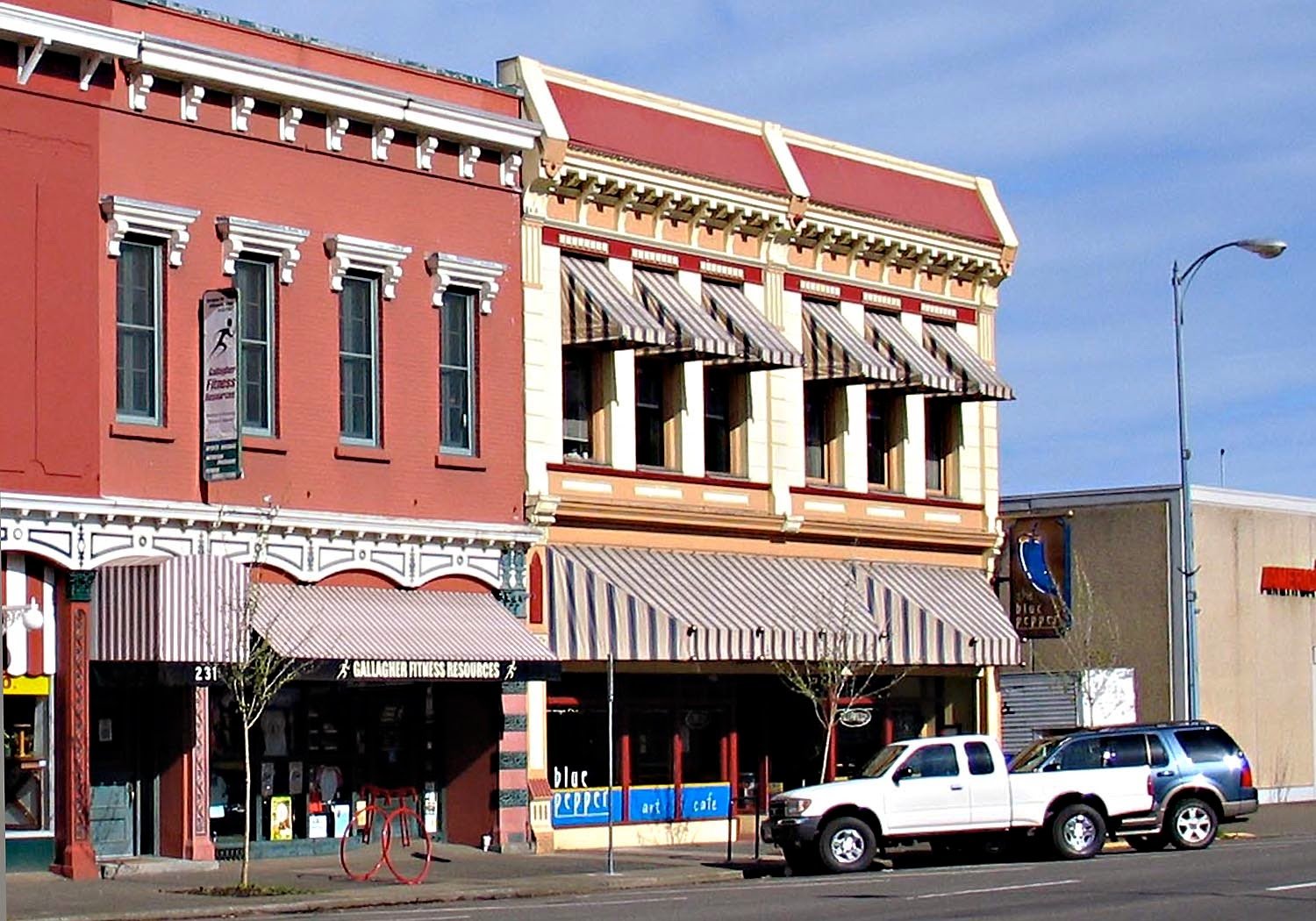World Events
- Queen Victoria celebrates her Golden Jubilee, marking her 50th year on the throne, with a banquet to which 50 kings and princes are invited. These might have included her son-in-law, the German Emperor Frederick, her son who would become Edward VII of her United Kingdom, and another son-in-law, Louis IV, Grand Duke of Hesse. These three would give her historic grandchildren of World War I: Wilhelm II of Germany, George V of England, and Empress Alexandra of Russia who would be murdered with her husband, Nicholas II, and their children.
- The “Bayonet Constitution” disenfranchises most native Hawaiians, all Asians and the poor.
- The Yellow River Flood begins in China, killing 900,000 to 2 million Chinese peasants.
- The Rock Mountains Park Act creates Canada’s first national park, Banff.
- The U. S. allows the Navy to lease Pearl Harbor as a naval base.
- Anne Sullivan begins teaching deaf and blind Helen Keller.
- In London: The first Sherlock Holmes mystery, A Study in Scarlet, is published in London. Buffalo Bill’s Wild West show opens in that city.
In Salem
This year, Holly A. Cornell designed the South First National Bank Block, the building shown above with awnings. At 241-247 Commercial Street, it is on the west side of the street, between Court and Chemeketa streets. The two-story building is of unreinforced brick, stucco covered and is of Italianate style. It was constructed during Salem’s first period of private, downtown development, stimulated primarily by the desire to avoid fire by replacing wood building with brick. Changes were made to the building in 1923 when a stairway in the center divided the building, providing an entrance to second floor offices. The bank occupied the section to the north (to the right in the photograph) and Forstners Store was to the left. The adjacent Starkey-McCully building had been built in 1867 and the England Block on the Court Street corner in 1877. The entire block was a lively commercial center in the late 1800s.Holly Cornell (1859-1911) practiced architecture in Salem for several years and is believed to have designed the Werner Breyman and Moody-Kay residences, both now gone. The South First National Bank Block and one residence are the only extant buildings designed by Cornell.When you visit
The first floor of the South First National Bank now serves commercial uses, but the second floor, much renovated, still has offices. This Commercial Street building anchors the northwest border of the Downtown Historic District.
The only Cornell residence remaining today is the Royal house on High Street. Rev. James H.B. Royal was elderly and blind when he bought the block for $800 and had the house built. He wished to provide his wife Emma a substantial property to use as a boarding house to support her and their family. The boarders were often teachers at the Liberty School across the street. (St. Paul’s Church replaced the school in the 1950s.) This house is a private residence in the Gaiety Hill/Bush’s Pasture Park Historic District. The present owners have an album recording the history of this well-preserved house and its changes over the years.
The former Werner Breyman residence stood at the present location of the Micah Building at the corner of State and Cottage Streets. For the construction of that building in 1925 (then the Elks Club), the large residence was moved to 249-253 Cottage Street and remodeled into the 20 Palace Apartments. It was demolished, possibly for the Willamette School of Law. The Moody-Kay residence was at the northeast corner of Court and Winter Streets. It was built for Governor Zenas Moody in this last year of his term. A frame house with a basement (where the kitchen was located), two full floors and a third with a corner garret decorated with arched windows. It became the home of several generations of the Thomas Kay family, owners of the woolen mill a few blocks away. It was the first building demolished when the state began the North Capitol Mall construction in 1937. The Oregon State Library stands in that location.
Other Events
- East School, later renamed as Washington School, is built. The most ornate building in Salem at that time, it was designed for 9 grades with 600 students: it later became the first high school. The tallest building downtown, it was a favorite location for photographers. Demolished in 1949, the Safeway store is in that location.
- The Gilbert house is built on Water Street. This early residential area, almost circling Marion Square Park and facing the Willamette River, was a favored location for homes of early prominent citizens. In addition to a period of urban neglect, many of the old houses were lost when the Marion Street Bridge was constructed. The Gilbert House, purchased by the city, now has a new life as a part of the A. C. Gilbert Discovery Village (Gilbert House Children’s Museum).
- George Collins builds a classic Queen Anne residence at 197 Court Street. In 1905, Dr. William Byrd moved it to 296 14th Street and gave it to his son as a wedding present. It is a property in the Court-Chemeketa Historic Residential District of the NEN neighborhood.
- The Mott/Brown House is built at 490 21st Street. This modest house has kept its integrity of design through many owners. This attractive Local Landmark in the NEN neighborhood was among a series of historic homes photographed by Bob Koval in 1978.
 |
| The Joshua Purvine House in Spring Valley |
- The Purvine family is established in the farmlands near Zena in Polk County. One of the brothers, Joshua, builds an Italianate-styled home on the present Spring Valley Road that remains almost unchanged in appearance more than 120 years later.
- Urban free mail delivery is established from the Post Office at Ferry and Commercial Streets in the Nesmith Building. This building, now demolished, was also the original office of the Oregon governor.
- A significant hotel fire occurred January 14, 1887, at the Bennett House. This hotel was built in 1852 by Charles Bennett, an 1845 settler who ventured to California and is credited with being the co-finder of the first gold nuggets at Sutter’s Mill that sparked the famous “Forty-Niner” gold rush. It had a second-floor balcony built like a cabin deck, Bennett being a steamboat man. One socialite woman visitor wrote that the Bennett was “only a second-rate place” but “the best in the town.” She complained: “The governor and officers sit down indiscriminately at the same table as the mechanic and the stableboy, and all are attended upon alike.” As the years went by, the clientele changed from Legislators and the wealthy to working-class people. The hotel is memorialized in a Senate Chamber mural in the Oregon State Capital.


